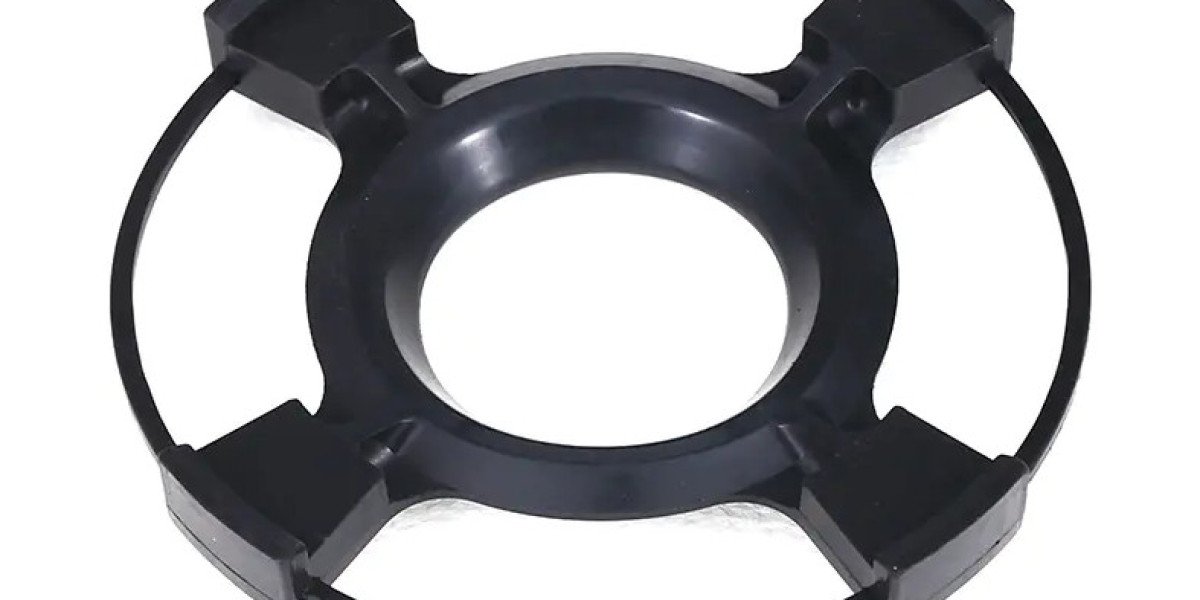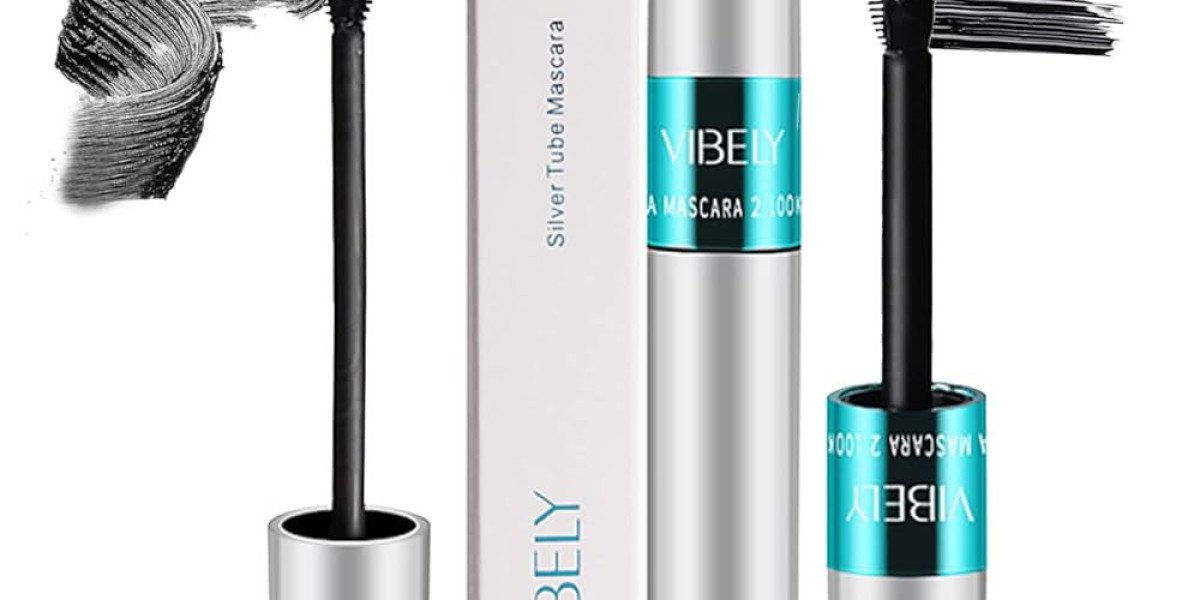Automobile Oil Filter Seals, while small, can be a source of common engine problems if not properly maintained. One of the most frequent issues is oil leakage, often caused by a worn or damaged seal. Over time, exposure to heat, pressure, and engine oil chemicals can degrade the seal material, leading to cracks or deformation. A leaking seal not only reduces oil levels but can also leave oil deposits on engine components, affecting performance.
Another common problem is improper installation. If the seal is not seated correctly during an oil filter replacement, oil may bypass the filter, leaving the engine unprotected. Using insufficient lubrication on the seal during installation or overtightening the filter can also cause damage. Regular inspection during oil changes helps identify seals that may require replacement.
Maintenance tips for oil filter seals include cleaning the sealing surface before installing a new seal, applying a thin layer of oil for lubrication, and ensuring the seal is properly aligned. Replacing seals at recommended intervals is a preventive measure that avoids leakage and engine damage. For vehicles operating under extreme conditions, checking seals more frequently is advised.
By understanding these common issues and implementing preventive practices, vehicle owners and service professionals can ensure that oil filter seals remain effective. Consistent attention to these components helps maintain engine lubrication, reduces the risk of mechanical failure, and supports long-term vehicle reliability.









